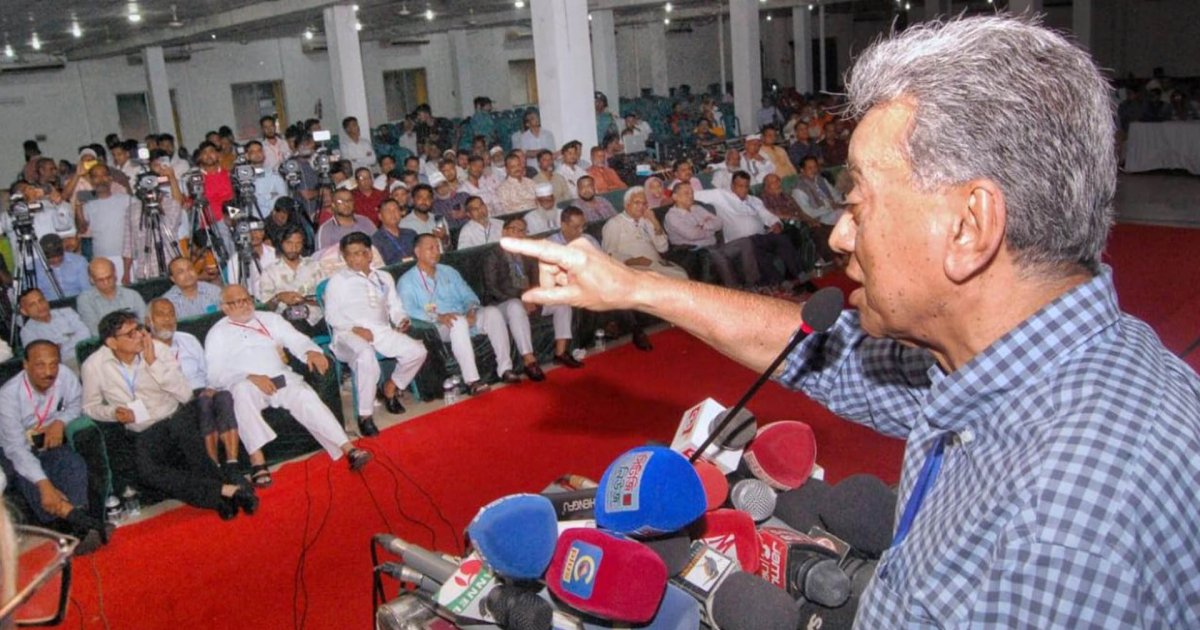Bitcoin: Assessing the ups and downs of BTC mining in Q3
The post Bitcoin: Assessing the ups and downs of BTC mining in Q3 appeared on BitcoinEthereumNews.com. Miner fees accounted for 4.38% of the block subsidies on average in 2023. The hashrate dramatically climbed in September after staying muted during summer. Bitcoin [BTC] mining remains one of the main foundations on which the edifice of the Bitcoin blockchain stands. Responsible for bringing new coins into circulation and validating transactions on the network, the process has now evolved into a full-fledged industry as of this writing. Analysts and investors keep a close eye on trends associated with the ecosystem, to speculate on the next moves of not just the native Bitcoin but the broader crypto market. Read BTC’s Price Prediction 2023-24 Network fees decline QoQ Hashrate Index recently released its Q3 Bitcoin mining report, providing an overview of changes that happened in the last three months. The report also stated some of the key performance indicators. The share of transaction fees of all block rewards in Q3 2023 was 2.7%. This represented a sharp decline from 8.17% seen in the last quarter. Despite the quarter-over-quarter dip (QoQ), 2023 has been more kind to miners. Thus far, miner fees accounted for 4.38% of the block subsidies on average. In contrast, the average during the crypto winter of 2022 was below 1.64%. Source: Hashrate Index As indicated above, the drop in fees coincided with the steady drop in Ordinals-related transactions. Earnings from last quarter were boosted by the explosive spike of such transactions in early May. However, there has been a marked decline since then. In fact, Ordinals’s share of fees plunged to the lowest levels since Q1 in October. Fees paid to miners for validating transactions remain one of the barometers of the mining sector. Miners use block rewards to offset the costs associated with mining equipment and electricity. While one component of it is fixed, big fluctuations in the…

The post Bitcoin: Assessing the ups and downs of BTC mining in Q3 appeared on BitcoinEthereumNews.com.
Miner fees accounted for 4.38% of the block subsidies on average in 2023. The hashrate dramatically climbed in September after staying muted during summer. Bitcoin [BTC] mining remains one of the main foundations on which the edifice of the Bitcoin blockchain stands. Responsible for bringing new coins into circulation and validating transactions on the network, the process has now evolved into a full-fledged industry as of this writing. Analysts and investors keep a close eye on trends associated with the ecosystem, to speculate on the next moves of not just the native Bitcoin but the broader crypto market. Read BTC’s Price Prediction 2023-24 Network fees decline QoQ Hashrate Index recently released its Q3 Bitcoin mining report, providing an overview of changes that happened in the last three months. The report also stated some of the key performance indicators. The share of transaction fees of all block rewards in Q3 2023 was 2.7%. This represented a sharp decline from 8.17% seen in the last quarter. Despite the quarter-over-quarter dip (QoQ), 2023 has been more kind to miners. Thus far, miner fees accounted for 4.38% of the block subsidies on average. In contrast, the average during the crypto winter of 2022 was below 1.64%. Source: Hashrate Index As indicated above, the drop in fees coincided with the steady drop in Ordinals-related transactions. Earnings from last quarter were boosted by the explosive spike of such transactions in early May. However, there has been a marked decline since then. In fact, Ordinals’s share of fees plunged to the lowest levels since Q1 in October. Fees paid to miners for validating transactions remain one of the barometers of the mining sector. Miners use block rewards to offset the costs associated with mining equipment and electricity. While one component of it is fixed, big fluctuations in the…
What's Your Reaction?










































